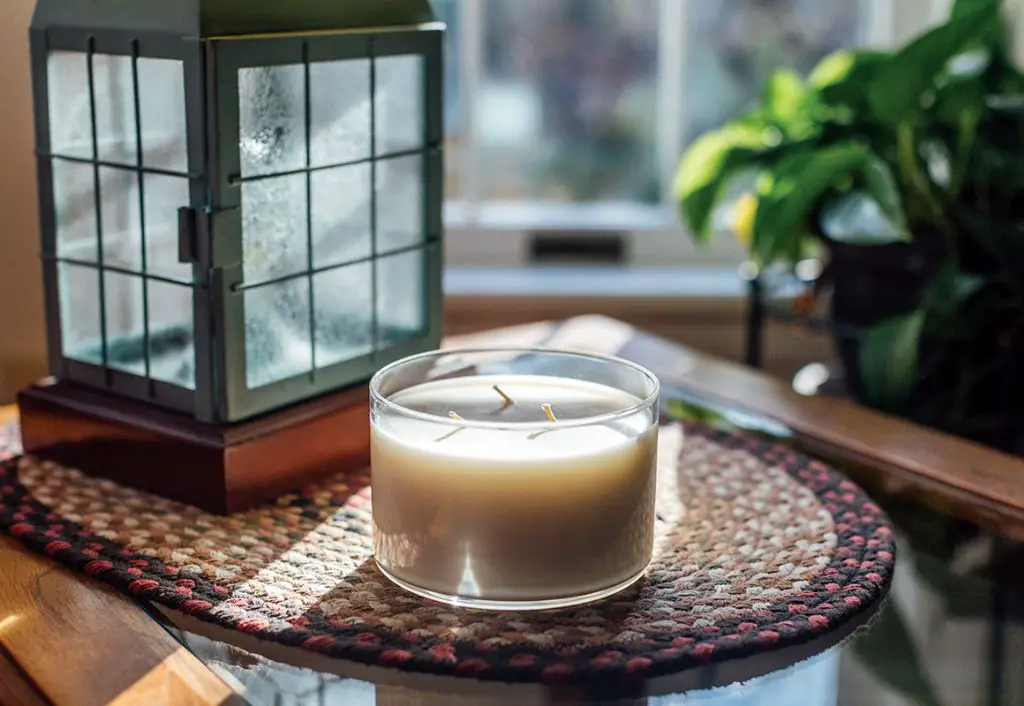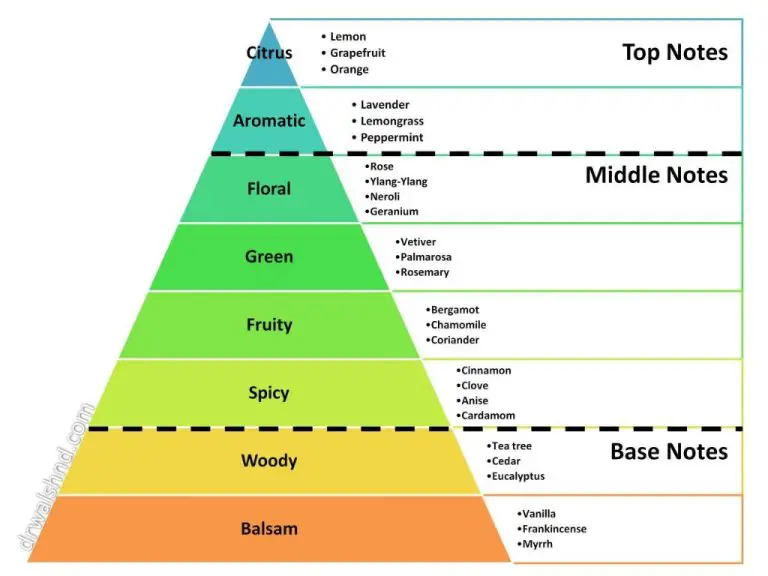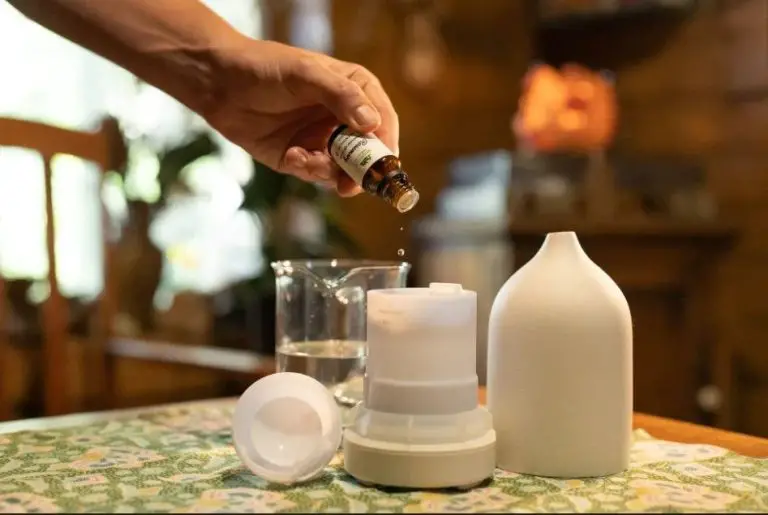What Is The Secret To Good Smelling Candles?
Candle-making has been an artisanal craft for centuries, with scented candles especially becoming popular in modern times. The scent of a candle can evoke memories, create a relaxing ambiance, or simply provide aesthetic pleasure. According to Grand View Research, the global scented candle market size was valued at USD 3.16 billion in 2022, and is projected to reach USD 5.52 billion by 2030. The market is growing rapidly as consumers seek out scented candles for home décor as well as their aromatherapeutic benefits.
The secret behind creating good smelling candles lies in using quality ingredients like wax, fragrance oils, wicks, and dyes. However, blending these components in the right proportions is an intricate process. Wax helps disperse and hold fragrance, while wick composition and size impacts scent diffusion. The fragrance load must be carefully calibrated. Overall, achieving the optimal scent throw involves the art and science of candle-making.
Wax Type
The type of wax used in candle making is crucial for achieving optimal fragrance throw and burn quality. The three most common types of wax are paraffin, soy, and beeswax. Each has their own advantages and disadvantages.
Paraffin wax is derived from petroleum. It is inexpensive and makes candles that burn slowly with a bright flame. However, some find the scent throw lacking compared to natural waxes. There are also environmental concerns with paraffin being a byproduct of oil refining (Martha Stewart).
Soy wax is made from soybean oil. It burns cooler than paraffin so the scent throw can be stronger. Soy wax is also renewable and biodegradable. The drawback is a faster burn rate compared to paraffin. Soy wax can also be more expensive (Jessica Welling Interiors).
Beeswax is all-natural wax made by honey bees. It has a lovely honey aroma and produces a brighter flame than other waxes. However, beeswax is expensive and can be tricky to work with due to its high melting point. It also burns faster than paraffin or soy (Martha Stewart).
In summary, paraffin, soy, and beeswax all have pros and cons. Testing different wax types can help determine the optimal blend for a great looking, long-lasting, and good smelling candle.
Fragrance Oils
One of the key differences that impacts the scent and quality of candles is whether the fragrance oil used is natural or synthetic. Natural fragrance oils are derived from natural sources like plants, fruits, and flowers. They are often more expensive but provide a pure, authentic scent. Synthetic fragrance oils are artificially created in a lab to mimic natural scents. They tend to be more affordable but lack the depth and complexity of natural oils (Source). While natural oils are preferable for a higher quality candle, synthetic fragrances allow more versatility and access to scents not found in nature.
When choosing between natural and synthetic fragrance oils, it’s important to consider the scent throw, how well the fragrance disperses when burned. Synthetic fragrances often have a stronger scent throw. Natural oils can provide a more authentic, soothing aroma but need to be used in higher volumes. Testing out different oil options and fragrance loads is key to finding the right balance for your candle. Ultimately, a high quality candle with good hot and cold scent relies on the synergy between wax, wick, vessel, and the actual fragrance oil composition, whether natural or synthetic (Source).
Fragrance Load
The fragrance load is the amount of fragrance oil used in a candle, expressed as a percentage of the total wax weight. Most experts recommend a fragrance load between 5-10% for soy wax candles (https://www.scandinaviancandle.com/blogs/faq/how-much-fragrance-oil-to-use-in-your-candle). A fragrance load within this range allows enough fragrance to be released when the candle is burned, without adding too much oil which can cause issues like fragrance throw, sooting, and poor burn performance. Specifically, a fragrance load of:
- 5% is recommended for lightly scented candles.
- 8% is a standard, medium fragrance level.
- 10% is used for strongly scented candles.
You can use a fragrance load calculator (https://craftybase.com/candle-fragrance-load-calculator) to easily determine the correct amount of fragrance oil to use based on the wax weight. Testing different fragrance load percentages is also recommended to find the ideal amount for your specific candle wax, vessel, and fragrance oil.

Wick
The wick is a crucial component in candle making. Choosing the right wick size and material ensures proper melting of the wax, an even burn, and a bright flame without excess sooting (black smoke residue). Wicks are typically made of braided cotton, paper, or have a zinc or tin core 1.
For container candles like jars and tins, it’s important to pair the wick size to the diameter of the vessel so it’s not drowning or mushrooming out. Thicker pillar candles need a beefier wick as well. Follow manufacturer guidelines, but cotton core wicks around size #1-#4 work well for most 4-6 oz jars 2. Testing different wicks to find the best burn is key.
Dye
The color of a candle comes from either liquid dye or dye blocks that are added to the wax. Liquid dyes are easier to incorporate evenly throughout the wax, but can bleed or morph colors over time. Dye blocks allow you to achieve sharper, more vibrant colors, but it takes more effort to mix them thoroughly without creating streaks.
Liquid dyes are simply stirred into melted wax before pouring into containers. They’re available in a wide range of colors. Since the dye is fully dissolved, colors will remain evenly distributed without clumping. However, liquid dyes can fade, bleed, or change hues if exposed to too much heat or light over time. Metallic colors are especially prone to shifting.
Dye blocks are solid chips of highly concentrated color that must be melted into the wax. It takes longer to fully incorporate the dye, but the color payoff is excellent. Dye blocks allow deeper, more saturated shades. They hold their color better over the life of the candle without bleeding or fading. But any uneven mixing will lead to visible streaks. Dye blocks require extra stirring and a longer cooling period before pouring.
Additives
Using certain additives in candle making can enhance the scent throw and other properties of the candle. One common additive is vybar, as explained by The Candlemakers Store: “Vybar 103 is an excellent additive for container candles. It helps the wax adhere to the sides of the glass, keeping your candle fragrance from evaporating out of the candle.” (Source) Vybar improves scent throw by ensuring more fragrance oil stays trapped in the wax instead of dissipating out of the candle. The Candle Supply Co recommends adding 1/2 teaspoon of vybar per pound of wax when making container candles.
Other additives like stearic acid and polymer resins can help harden the wax, reduce frosting, and improve the burn quality. Adding petrolatum to the wax can produce a smooth finish and enhanced shine. Various additives have different effects, so research which ones can achieve your desired candle characteristics. Use additives sparingly and test how they impact the scent throw and burn properties.
Curing
Curing is an important part of the candle making process to enhance the scent. After candles are poured into containers, they should be left to cure for at least 1-2 weeks before burning (1). This curing time allows the wax to shrink and pull away from the sides of the container as it cools and hardens. It also allows the fragrance oils to stabilize within the wax blend. During the curing process, the fragrance becomes more evenly distributed throughout the wax. This helps the scent throw to be stronger and more consistent when the candle is burned.
The curing process should be done with the candle lid off in a room temperature area with good air circulation. This prevents sodaing, which is when white spots form on the surface of the candle from the oils migrating. Some candle makers will cure their candles for longer than 1-2 weeks for an even stronger scent. However, most find that waiting about 2 weeks results in nicely cured candles with optimal fragrance (1).
Vessel
The vessel or container that holds the candle wax is an important factor in both the look and performance of the candle. Popular options for vessels include:
Glass Jars: Glass jars allow the candle color and design to be seen and provide a clean, elegant look. They also release fragrance well as the smooth glass doesn’t trap scent. Glass conducts heat, helping the wax pool and allowing the fragrance to be released as the candle burns. Source
Tins: Metal tins like aluminum and tinplate allow for bold, colorful designs. The metal conducts heat well to melt the wax. However, the rigidity of metal means the vessel can’t flex as the wax pool expands, so proper wick sizing is important. The metal also absorbs some fragrance. Source
Other unique vessel options include ceramics like cups or mugs, concrete containers, seashells, wood bowls, and more. The material impacts burn time, fragrance throw, and overall look. Testing different vessels to find the combination of vessel, wax, and wick that produces the desired result is key.
Conclusion
In summary, there are several key factors that contribute to creating candles with an excellent, long-lasting scent:
– Using the right wax for the fragrance oil, like soy or vegetable wax, which hold scent better than paraffin.
– Choosing high quality fragrance oils made for candlemaking that are strong out of the bottle.
– Using the optimal fragrance load for the wax type, around 5-10% for soy.
– Proper wicking to allow for an ideal melt pool and fragrance dispersion.
– Allowing candles to cure 2-4 weeks before burning to allow scent to fully develop.
– Using the right vessel size and shape to maximize fragrance throw.
By focusing on these key factors, candlemakers can create fantastic smelling candles that will fill a room with fragrance.




